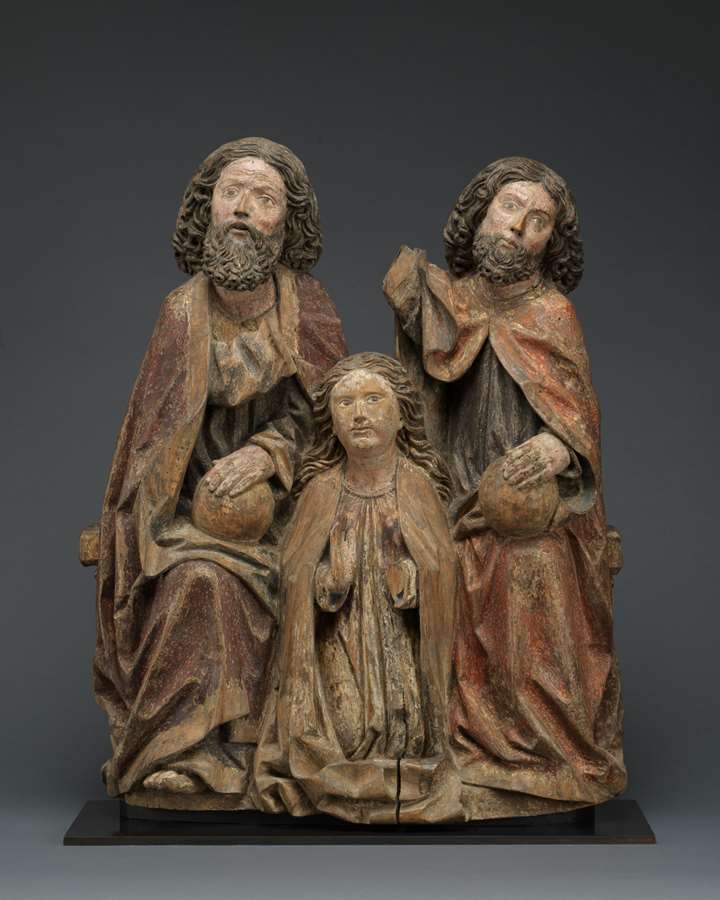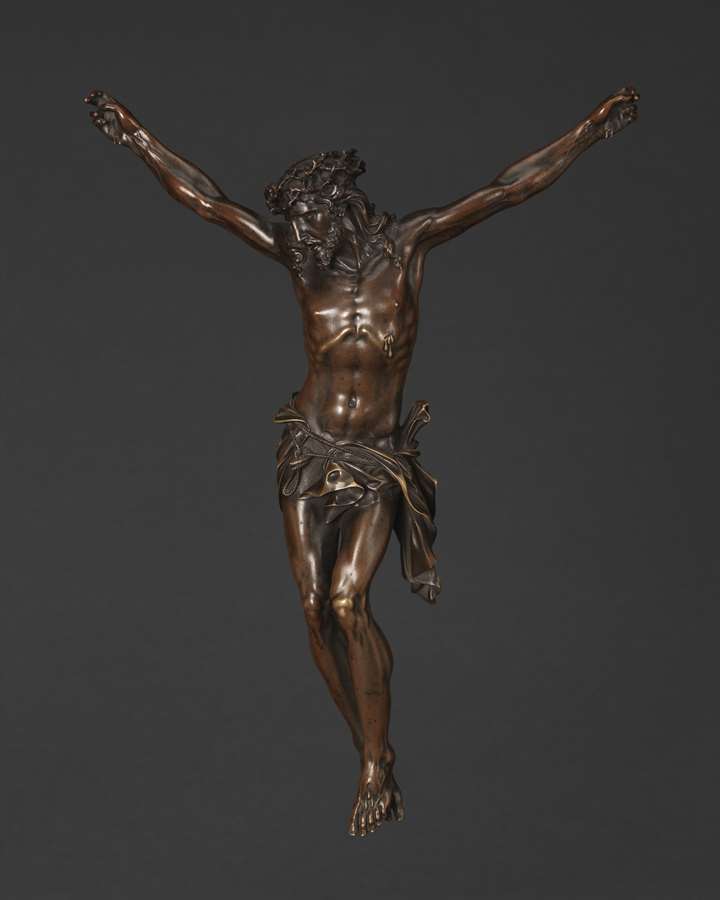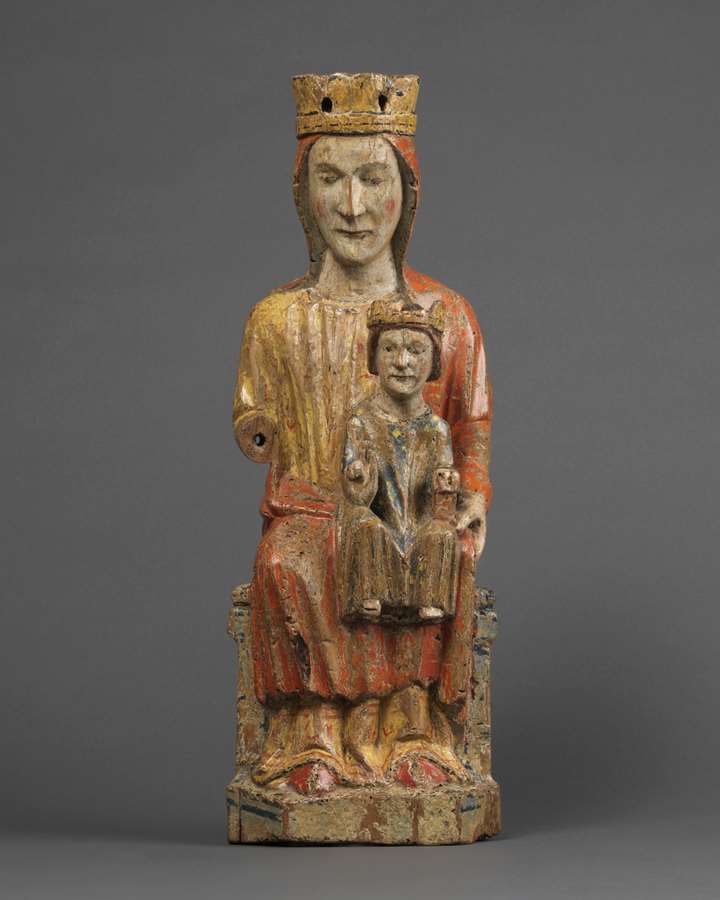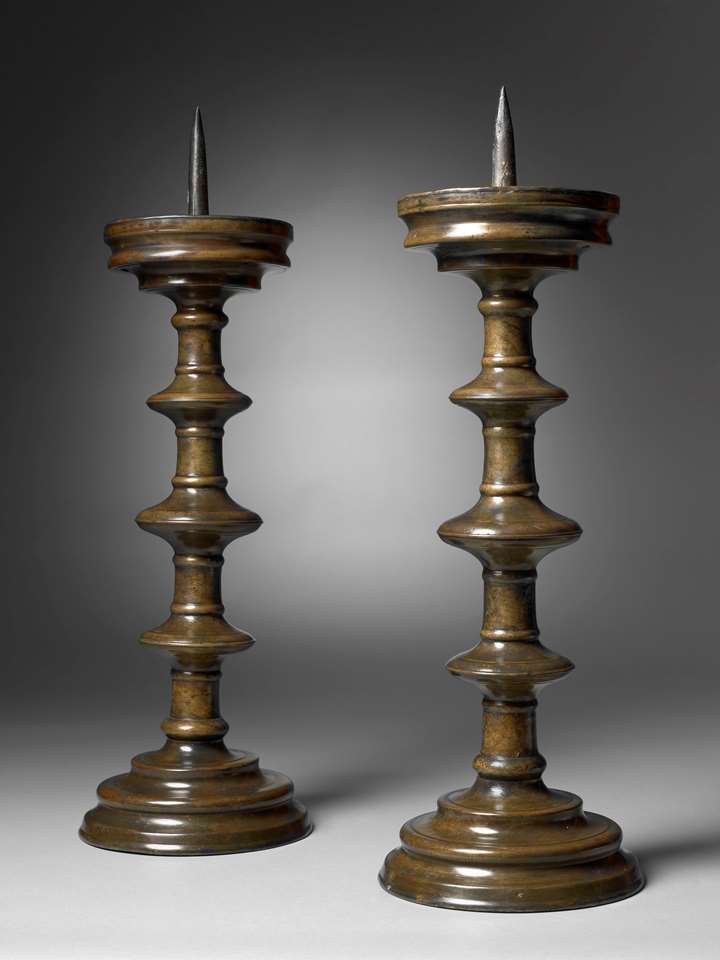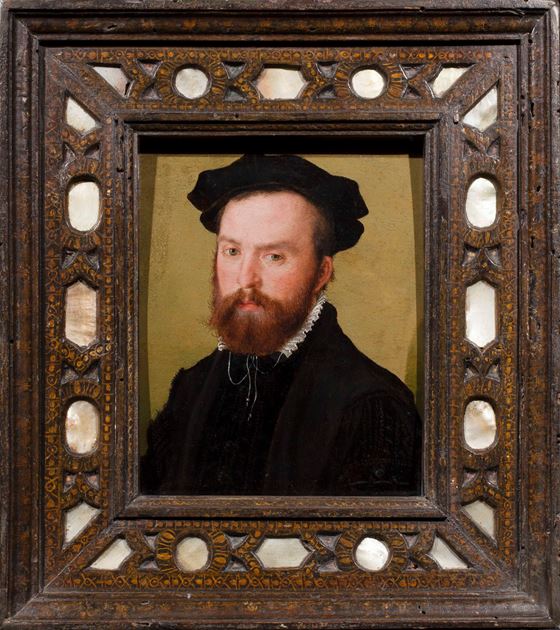Description & Technical information
Corneille de La Haye, called Corneille de Lyon, France’s leading Renaissance portraitist after the Clouets, was born in the Hague, moving to Bruges before finally settling in Lyon where he is recorded as working and living in 1533. There he was quickly employed at the French Court by Queen Eleanor and later by the Dauphin Henri II. He became a French national in 1547 and by 1551 is recorded as ‘peintre et valet de chambre’ of Henri II. Later, he gained a number of commissions from Charles IX. In the same year he was visited by the Papal Ambassador of the Republic of Venice, Giovanni Capelli, who left a fascinating insight into his meeting with the artist – ‘un peintre excellent qui, en outre des belles peintures qu'il nous exhiba, nous fit voir toute la cour de France, tant gentilshommes que demoiselles, représentés sur beaucoup de petits panneaux avec tout le naturel imaginable’.
The historian Brantome relates that Corneille met Catherine de Medici on the 24 June 1564 and as a result received many important commissions from her. In his portraits he portrayed many of the most powerful and influential figures of the age. In 1569, after much religious persecution against the Huguenots, he converted his faith together with his wife, family and their servants. He was buried in the cemetery of the Jacobite convent in Lyon in 1575.
Superfluous elements have been kept to a minimum in this portrait, encouraging the viewer to focus on the sitter’s penetrating gaze and serious demeanor. The restrained palette of earth tones and deep shades of black help direct attention to this young gentleman’s face and the confident charismatic character it communicates. The subtle modeling of the sitter’s features, the typical bust-length format, the somewhat maladroit proportions, particularly the oversized head, as well as the olive background, mark this work as by Corneille.
Comparable in quality, composition and background is the portrait of Clément Marot in the Musée du Louvre (Inv. R.F. 1949-12). Although the Louvre panel is a little smaller, the artist has paid the same minute attention to detail, especially in his beard and in this sitter's lazy eye, not wishing to soften his obvious imparity. Remarkably, Corneille did not use any preparatory drawing in his portraiture which is even more astonishing given the detail he achieved.
Typical also of Corneille is the subtle shadow that falls on the olive wall behind the sitter in the present work, an understated detail that he often employed suggesting a greater depth to the painting, pushing the sitter forward which gives him a more three dimensional quality than some of his more two dimensional 'relief' type portraits. The soft blacks and subtle changes of tone in the black tunic is a further mark of the high quality of this portrait. Corneille employed a variety of background colors throughout his career, including black and blue, and most frequently green, ranging from vibrant lime to more subdued olive. A monochromatic background of a hue similar to the one seen in our portrait may be found in the Portrait of an Unknown Man in the Musée Bonnat, Bayonne.
Although the identity of the man in the present work has yet to be determined, his rounded beard and attire conform to French fashion of the mid 16th century. In particular, the sitter’s toque and garments closely resemble those worn by the Calvinist jurist Laurent de Normandie in a likeness of 1552 (in the Musée d’Art et d’Histoire, Geneva, Inv. no. 1928-13), as well as those seen in several other portraits of unknown gentlemen produced by the artist in this period.
Interest in portrait collecting intensified in France during the 16th century. Typically executed on an intimate scale, as is our example, portraits were often kept in private settings, such as a personal study, where they could be examined at leisure. This delicate painting is a sublime representation of the French Renaissance man executed with the greatest finesse by one of the most important artists of the age set in a beautiful period frame.
We are grateful to Dr. Alexandra Zvereva, Université Paris-Sorbonne, for confirming the attribution to Corneille de Lyon based on first hand examination of the work.
Date: 1561
Period: 1400-1600, 16th Century
Origin: France
Medium: Oil on panel
Signature: Inscribed verso
'Brontinus PINSIT ANNO M.D.L.XI'
Dimensions: 18.4 x 14.6 cm (7¹/₄ x 5³/₄ inches)
Provenance: Private collection, United States
Literature: A. Dubois de Groër, Corneille de La Haye dit Corneille de Lyon (Arthéna, Paris, 1996), pp. 186-187, no. 89
Categories: Paintings, Drawings & Prints
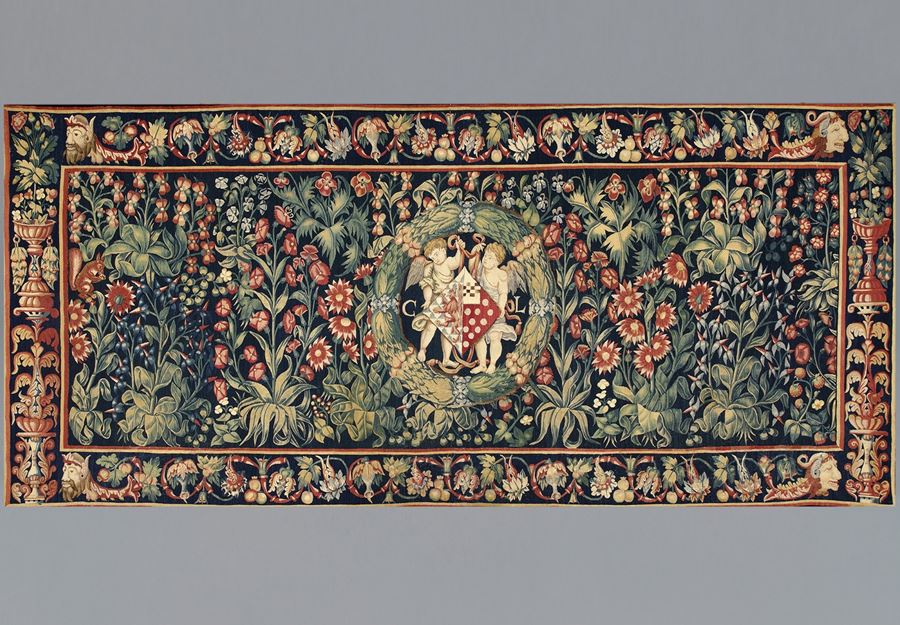
Discover the gallery
Mullany
Haute Epoque Fine Art
More Works From This Gallery
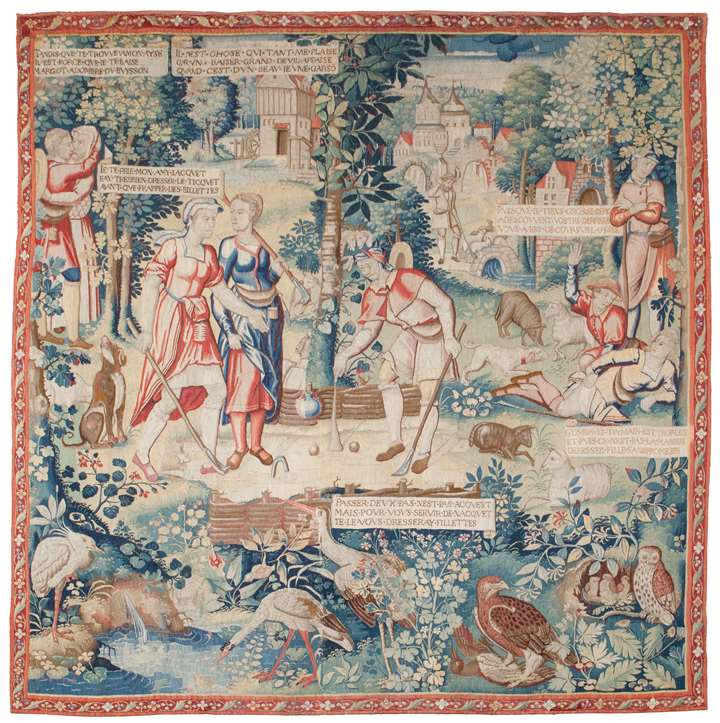
Mullany
